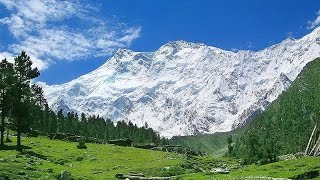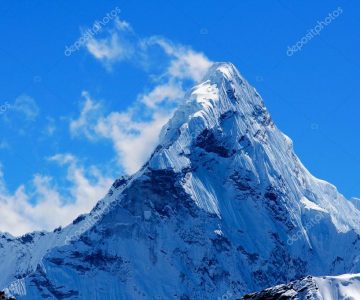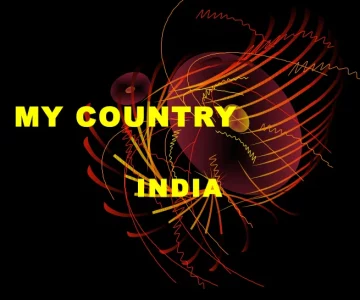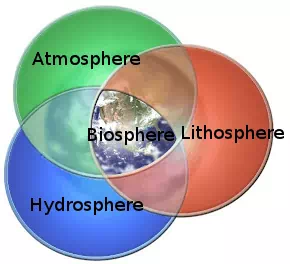Major Landforms of The Earth(Mountain, Plains, and Plateau)
The Lithosphere is one of the major domains of the Earth. The solid portion of the Earth is known as the Lithosphere. It comprises a thin layer of soil rocks of the Earth s crust. The Earth’s surface is not the same everywhere. this is amazing to know that the ground we are standing on is moving slowly. Within the Earth, continuous movement is taking place. This internal process leads to the upliftment of the Earth s surface in several places, and due to the External process, continuous wearing down of the Earth’s surface is happening, which is called erosion, .so the surface is lowered by the process of the erosion and rebuild a new landform by the process of deposition. The main factor of these external processes includes rain, wind ice. So these landforms are called the physical features of the Earth.
We can categorize these landforms depending on elevation and slope as:-
1)Mountains 2)Plateuaus 3)Plains
Mountains
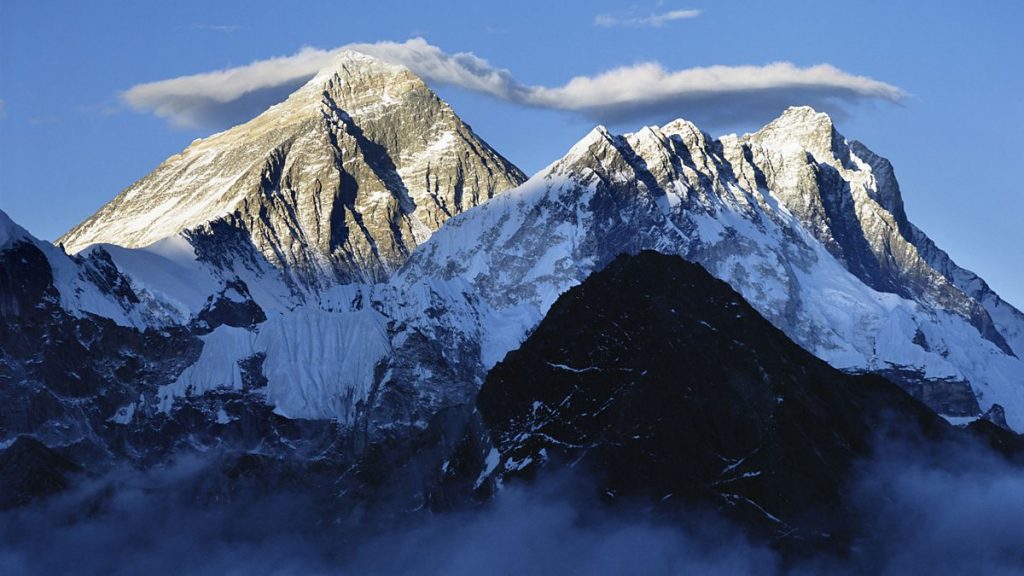
The naturally elevated part of the Earth is called a mountain. It has a small summit and abroad base. It is higher than the surrounding area .some mountains are even higher than the clouds and covered with ice, and we also see permanently frozen large masses of ice, called glaciers. Mountains are the source of rivers .theserow of mountains and hills may are known as range. This range of mountains extends over hundreds of kilometers. The Himalayas, the Alps, and the Andes are mountain ranges. According to the origin, there are three types of mountains.
1)fold mountain 2)Block mountain 3)Volcanic mountain
1)Fold Mountain:-fold mountains are formed when the Earth’s two tectonic plates are pushed together, and this continuous compression forces the upper Earth’s surface to fold upward into a series. Fold mountains formed from Sedimentary Rocks. There are two types of fold mountains. 1)Old fold mountain 2) New fold mountain.
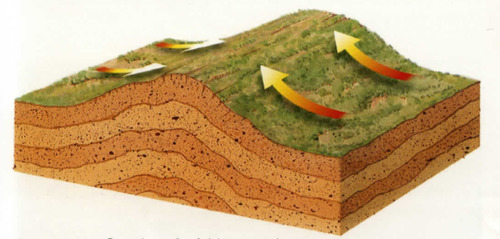
NEWFOLD Mountains are 10 to 25 million years old. The Himalayan mountain, the Alps, and Rockie are examples of new (young) fold mountains.
OLD FOld mountains are 200 million years of age, like the Urals mountains in Russia and the Appalachians in North America. The Aravali range of India is one of the old fold mountains in the world.
2)Block mountain:-These Mountains are formed when large areas are broken and displaced vertically. The uplifted blocks are called horses, and the lowered blocks are called graben. The Rhine valley, The Vosges mountain The Great African Rift are the example of such mountains
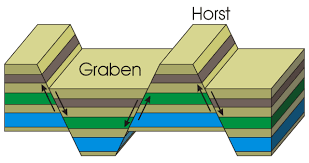
There are two block mountain mountains: tilted and lifted block mountains.
3)volcanic mountains:-These mountains are formed due to volcanic activity. Mt Kilimanjaro in Africa and Mt Fujiyama in Japan are examples of such mountains. Magma, the molten rock that comes through the volcanic vent, piles upon the Earth formed volcanic mountains. It is called Lava when it breaks through the Earth’s crust. Lava is in liquid or semi-liquid form. It cools and hardens after coming out to contact with the air.
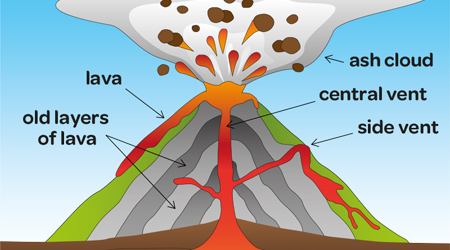
There are mainly three types of volcanoes based on activity.
1)Active volcano:-active volcano erupts continuously in the present time.
2)Dormant or sleeping Volcano:-these volcanoes do not have a fixed time to erupt; they can erupt any time. That’s why these are the most dangerous volcano in the world. Mt. Kilimanjaro (Tanzania), Africa, and Mt Vesuvius (Italy) exemplify sleeping volcanoes.
3)Extinct Volcano;_these volcanos are dead volcanos because they are not expected to erupt in the future.
Importance of Mountains
Mountains are very useful. They act as a natural boundary for a country. They are the source of rivers. The mountains’ picks covered with snow fill our river with water all year round. The mountain rivers are very useful for irrigation and the generation of hydroelectricity. These rivers, valleys, and terraces are idle to cultivate crops. Mountants forest provides wood, medicine, fruits, gum raisin fuel, and many useful things. They are a rich source of flora and fauna. They also provide exuberant destinations and scenic beauty for tourists .several sports like paragliding, hang gliding, river rafting, and skiing are popular in the mountains.
Plateaus
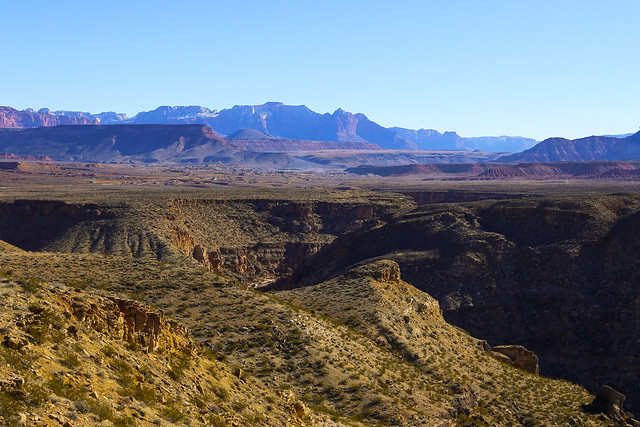
A plateau is an area of flat land higher than the land around it. It is also called the tableland .it has one or more sides with steep slopes. The height of the plateaus varies from a few hundred meters to several thousand meters. The Tibet plateau is the highest in the world, with a height of 4,000 to 6,000 above sea level. The Deccan plateau in India is the oldest in the world. The eastern plateaus of Kenya, Uganda, and Tanzania Africa are other examples of plateaus.
Importants of Plateaus
Plateaus are very useful for us. They are rich in mineral deposits, so many of the world’s mining areas are located in the plateaus. African Plateaus are famous for gold and diamond. Chhota Nagpur Plateaus are huge reserves of iron ore, coal, manganese, bauxite mica, and other minerals in India. The Lava plateaus are rich in black soil that are fertile and good for cultivation, suitable for groundnut, sugarcane, and millet. Many plateaus are good for scenic beauty and are great tourist attractions.
Plains
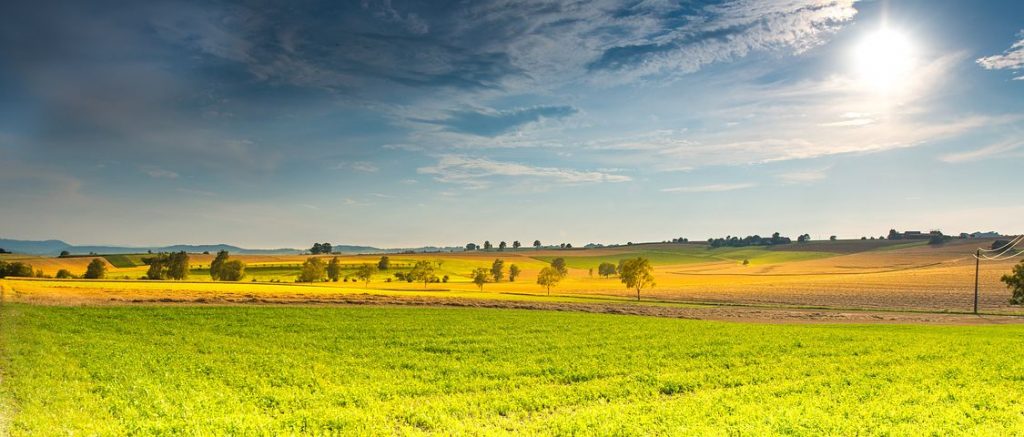
Plains are large flat areas of land .they are formed by Rivers and their tributaries. The Plains are generally not more than 200 meters above sea level. Rivers come out from the mountains. When the river flows down from the slope of the mountains and erodes them, .they carries these eroded materials and deposit them in the field. That’s why plains are very fertile and good for cultivation. Plains are thickly populated regions of the world. The flat land is available for building houses, cultivation, and transport network. People live on different kinds of landforms in different ways. Still, life is more difficult in those areas thanin the plains.
Importance of plains:-plains is flat land and fertile piece of land. Therefore, it is easy to grow crops and build houses or roads. That’s why plains are the most densely populated region of any country.
